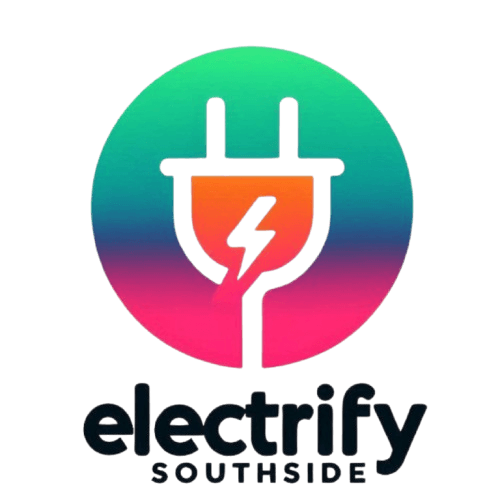How Electrification Efforts are Shaping the Future of Energy in Victoria
Electrification: A New Era for Victoria
As the world shifts towards more sustainable energy sources, electrification is at the forefront of this transformation. In Victoria, electrification efforts are significantly shaping the future of energy, driving both environmental benefits and economic opportunities. By replacing fossil fuel-based systems with electric alternatives, Victoria is setting a precedent for how regions can adapt to changing energy needs.
Victoria's commitment to electrification is evident in its comprehensive energy policies and initiatives that aim to reduce carbon emissions and foster green development. This transition is not only about modernizing infrastructure but also about creating a more resilient and sustainable energy system.

Government Initiatives and Policies
The Victorian government has introduced several policies to accelerate electrification. These include incentives for electric vehicle adoption, investments in renewable energy projects, and the development of smart grid technologies. The goal is to make Victoria a leader in clean energy and reduce its reliance on fossil fuels.
One of the most ambitious targets set by the government is achieving net-zero emissions by 2050. This commitment has spurred action across multiple sectors, encouraging businesses and communities to embrace clean energy technologies.

Supporting Infrastructure Development
To support the electrification drive, there is a significant focus on upgrading infrastructure. This includes expanding the electric vehicle charging network and enhancing the capacity of the electrical grid to handle increased demand. By investing in cutting-edge technologies, Victoria is ensuring that its energy systems are equipped to handle future challenges.
The development of smart grids plays a crucial role in this transformation. These grids allow for better management of electricity consumption, integrating renewable energy sources seamlessly into the existing infrastructure.

Impact on Local Economy
Electrification efforts are also proving beneficial for Victoria's economy. The shift towards electric solutions is creating new jobs in sectors such as renewable energy, electric vehicle manufacturing, and infrastructure development. As these industries grow, they contribute to economic resilience and sustainability.
Moreover, by investing in electrification, Victoria is positioning itself as an attractive destination for businesses looking to align with global sustainability trends. This not only boosts the local economy but also enhances Victoria's reputation as a leader in clean energy innovation.
The Role of Renewable Energy
Renewable energy sources like wind, solar, and hydroelectric power are integral to Victoria's electrification strategy. By harnessing these resources, the region can reduce its carbon footprint while ensuring a stable supply of electricity.
The integration of renewable energy into the grid also helps mitigate the effects of climate change by reducing greenhouse gas emissions. This shift not only benefits the environment but also contributes to the long-term viability of Victoria’s energy system.

Challenges and Future Outlook
While the progress in electrification is promising, there are challenges that need to be addressed. These include ensuring equitable access to electric technologies and managing the initial costs associated with transitioning from traditional systems.
Despite these hurdles, the future outlook for Victoria's energy sector is bright. Continued investments and innovations will likely lead to a cleaner, more efficient energy landscape. As electrification efforts advance, Victoria is well-positioned to become a model for sustainable energy practices worldwide.
